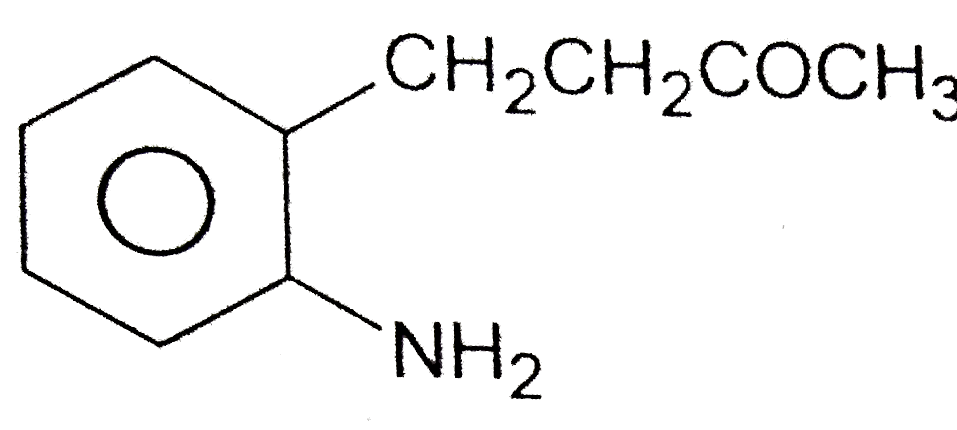The compound which is not formed on heating is
The correct Answer is:A
To solve the question regarding the compound that is not formed when heating beryllium nitrate (Be(NO3)2), we need to analyze the thermal decomposition of beryllium nitrate.
1. Identify the Compound: The compound in question is beryllium nitrate, which has the chemical formula Be(NO3)2.
2. Understand the Heating Process: When beryllium nitrate is heated, it undergoes thermal decomposition. This means that it breaks down into simpler substances when subjected to heat.
3. Write the Decomposition Reaction: The thermal decomposition of beryllium nitrate can be represented by the following reaction:
2Be(NO3)2→2BeO+4NO2+O2
Here, beryllium oxide (BeO), nitrogen dioxide (NO2), and oxygen gas (O2) are formed.
4. Analyze the Options: The question asks for the compound that is not formed during this decomposition. The products formed are:
- Beryllium oxide (BeO)
- Nitrogen dioxide (NO2)
- Oxygen gas (O2)
5. Identify the Incorrect Option: If the options provided include compounds like N2O (nitrous oxide), we can see that this compound is not listed among the products formed during the decomposition of beryllium nitrate.
6. Conclusion: Therefore, the compound that is not formed on heating Be(NO3)2 is N2O.
Final Answer:
The compound which is not formed on heating Be(NO3)2 is N2O.
2Be(NO3)2→2BeO+4NO2+O2
Here, beryllium oxide (BeO), nitrogen dioxide (NO2), and oxygen gas (O2) are formed.
- Beryllium oxide (BeO)
- Nitrogen dioxide (NO2)
- Oxygen gas (O2)
The compound which is not formed on heating Be(NO3)2 is N2O.
Topper's Solved these Questions
Similar Questions
Knowledge Check
Which forms aromatic compound on heating?
A B
B C
C D
D
The compound which forms acetaldehyde when heated with dilute NaOH, is
A1, 1-dichloroethaneB1, 1, 1-trichloroethaneC1-chloroethaneD1,2-dichloroethaneThe compound which forms acetaldehyde when heated with dilute NaOH is
A1, 1 DichloroethaneB1, 1, Trichloro ethaneC1-chloroethaneD1,2-Dichloro ethane.
Among the following, which is the correct order of decreasing N–O bond length: NO+2,NO−2,NO−3
View SolutionAn aromatic compound 'A' on treatment with aqueous ammonia and heating forms compounds 'B' which on heating with Br2 and KOH forms a compound 'C' of molecular formula C6H7N.
The compound 'A' may be
View SolutionAn aromatic compound 'A' on treatment with aqueous ammonia and heating forms compounds 'B' which on heating with Br2 and KOH forms a compound 'C' of molecular formula C6H7N.
The compound 'B' is
View SolutionAn aromatic compound 'A' on treatment with aqueous ammonia and heating forms compounds 'B' which on heating with Br2 and KOH forms a compound 'C' of molecular formula C6H7N.
The conversion of B to C is
View SolutionWhich compound on heating alone does not form O2?
View Solution
